무엇 카바이드 도구 샤프닝?
카바이드 도구 샤프닝은 놀라운 경도와 내마모성으로 유명한 텅스텐 카바이드로 만든 공구의 절삭날을 복원하는 과정입니다. 공구의 수명을 연장하고 최고의 성능을 유지하기 위해 공구에 꼭 필요한 새 단장을 해준다고 생각하면 됩니다. 카바이드 공구는 거친 재료를 다룰 수 있기 때문에 기계 가공, 목공, 건설과 같은 산업에서 일반적으로 사용됩니다. 시간이 지나면 아무리 튼튼한 공구도 무뎌지기 마련이므로 연마가 필요합니다.
무딘 칼로 빵 한 덩어리를 자른다고 상상해보면 답답하지 않나요? 카바이드 공구에도 같은 원리가 적용됩니다. 연마하면 재료를 정밀하고 효율적으로 절단할 수 있습니다.
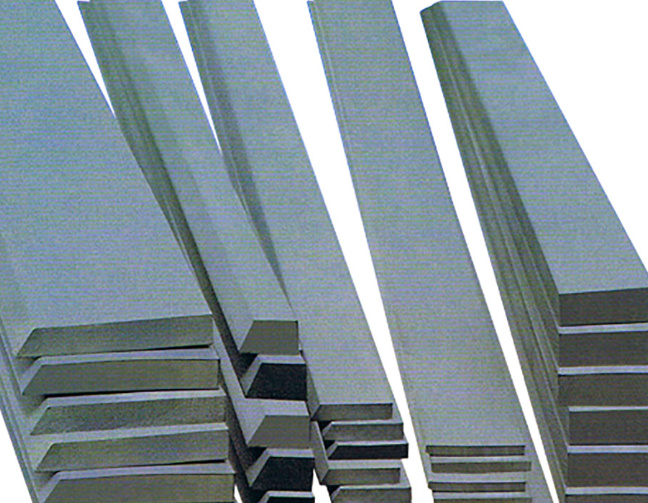
의 중요성과 광범위한 적용 카바이드 도구 샤프닝
왜 카바이드 공구를 연마해야 할까요? 그 답은 성능과 내구성에 있습니다. 날카로운 공구:
- 생산성 향상: 날카로운 카바이드 공구는 더 빠르고 깔끔하게 절단하여 시간과 노력을 절약합니다.
- 재료 낭비를 줄입니다: 날카로운 모서리로 정밀한 절단을 보장하여 오류와 재료 손실을 줄입니다.
- 도구 수명 연장: 정기적으로 샤프닝을 하면 조기 마모를 방지하여 장기적으로 비용을 절감할 수 있습니다.
카바이드 공구는 항공우주, 자동차, 금속 가공 등 다양한 산업에서 사용됩니다. 예를 들어 기계공은 초경 팁 드릴과 엔드밀을 사용하여 금속 부품을 성형하고, 목공은 깨끗하고 효율적인 절단을 위해 초경 톱날을 사용합니다. 이러한 공구는 제대로 연마하지 않으면 문자 그대로나 비유적으로나 빠르게 날카로움을 잃을 수 있습니다.
초경 공구 샤프닝에 연삭 도입의 필요성
카바이드 공구를 연마할 때는 연삭이 가장 좋은 방법입니다. 왜 그럴까요? 카바이드는 매우 단단하기 때문에 완벽한 모서리를 얻으려면 특수 장비가 필요합니다. 연삭은 공구의 절삭 표면을 복원하기 위해 미세한 재료 층을 제거합니다.
그렇다면 왜 워크플로에 그라인딩을 도입해야 할까요? 몇 가지 이유가 있습니다:
- 정확성: 연삭은 미세한 마감을 제공하고 도구의 형상을 유지합니다.
- 효율성: 최신 연삭기는 가장 까다로운 초경 공구도 빠르게 가공할 수 있습니다.
- 다용도성: 연삭은 다양한 공구 모양과 크기를 수용합니다.
연마를 건너뛰는 것은 칼날을 갈 때 숫돌을 건너뛰는 것과 같습니다. 결과는 얻을 수 있지만 수준 이하의 결과물이 나올 수 있습니다.

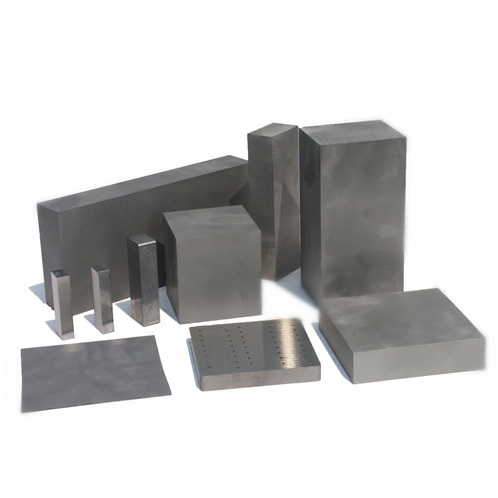

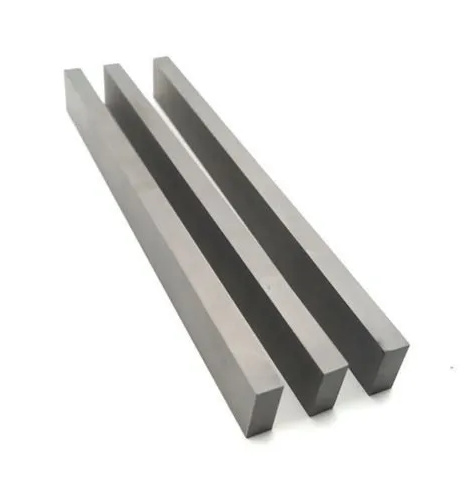
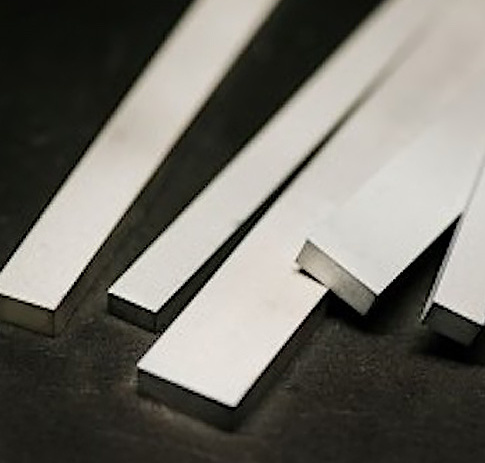

샤프닝이 필요한 이유는 무엇인가요?
| 이유 | 설명 |
|---|---|
| 성능 향상 | 날카로운 도구로 더 깨끗하고 빠르게 절단하여 전반적인 효율성을 향상시킵니다. |
| 비용 절감 | 정기적으로 샤프닝을 하면 도구를 자주 교체할 필요가 줄어듭니다. |
| 안전 | 무딘 도구는 더 많은 힘을 필요로 하므로 사고와 부상의 위험이 높아집니다. |
| 소재 품질 | 날카로운 도구는 더 매끄러운 마감을 보장하여 재작업과 결함을 줄여줍니다. |
방법 카바이드 도구 샤프닝
| 방법 | 설명 |
|---|---|
| 다이아몬드 연삭 휠 | 경도와 정밀도로 인해 카바이드 공구에 이상적입니다. |
| 전기 그라인더 | 속도와 정확성이 요구되는 대규모 작업에 적합합니다. |
| 핸드헬드 그라인더 | 작은 공구나 이동 중에 연마할 때 유용합니다. |
| 전문 서비스 | 고부가가치 도구에 대한 전문가의 정밀도와 최적의 결과를 보장합니다. |
일반적인 문제와 이를 극복하는 방법
카바이드 공구를 연마하는 데 장애물이 없는 것은 아닙니다. 다음은 몇 가지 일반적인 문제와 이를 해결하기 위한 팁입니다:
- 열 발생: 연삭 시 열이 발생하여 공구의 구조가 손상될 수 있습니다. 이를 방지하려면 절삭유를 사용하거나 작업 중에 자주 휴식을 취하세요.
- 툴 치핑: 카바이드는 부서지기 쉬우므로 잘못 다루면 부서질 수 있습니다. 다이아몬드 그라인딩 휠을 선택하고 공구를 조심스럽게 다루세요.
- 지오메트리 유지: 연마에는 정밀도가 핵심입니다. 고품질 그라인더에 투자하거나 전문 서비스에 문의하세요.
제빵처럼 정확성과 올바른 도구가 성공과 실패의 차이를 결정한다고 생각하면 됩니다.
전문 샤프닝 서비스의 이점
왜 전문가를 믿어야 할까요? 몇 가지 설득력 있는 이유가 있습니다:
- 전문성: 전문가는 정확한 결과를 제공할 수 있는 경험과 장비를 갖추고 있습니다.
- 시간 절약: 샤프닝 아웃소싱을 통해 핵심 업무에 집중할 수 있습니다.
- 일관된 품질: 전문가가 도구가 항상 최상의 성능을 발휘하도록 보장합니다.
개인 트레이너를 고용해 도구를 관리한다면 더 나은 성능과 수명을 보장받을 수 있습니다.
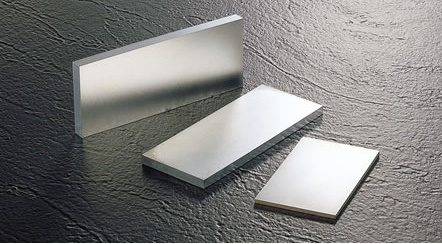
선택 방법 카바이드 도구 샤프닝 서비스?
올바른 서비스 제공업체를 선택하는 것이 부담스러울 수 있습니다. 다음 체크리스트를 참고하세요:
- 평판: 리뷰를 확인하고 추천을 요청하세요.
- 경험: 초경 공구를 연마하는 데 있어 입증된 실적을 보유한 공급업체를 찾아보세요.
- 장비: 최신의 고품질 연삭기를 사용해야 합니다.
- 처리 시간: 다운타임을 최소화하기 위한 리드 타임에 대해 문의하세요.
- 비용: 가격은 비교하되 품질은 타협하지 마세요.
좋은 리뷰, 숙련된 셰프, 만족스러운 경험을 원한다면 올바른 서비스를 선택하는 것은 완벽한 레스토랑을 고르는 것과 같습니다.
자주 묻는 질문
| 질문 | 답변 |
|---|---|
| 도구를 얼마나 자주 갈아야 하나요? | 사용법에 따라 다르지만 정기적으로 도구를 점검하고 필요에 따라 연마하세요. |
| 카바이드 공구를 집에서 연마할 수 있나요? | 예, 적절한 장비와 기술을 갖추고 있다면 가능하지만 전문 서비스를 이용하는 것이 좋습니다. |
| 무딘 도구의 징후는 무엇인가요? | 절단 저항성 증가, 거친 마감, 과도한 열. |
| 샤프닝은 비용 효율적일까요? | 당연하죠! 공구 수명을 연장하고 교체 비용을 절감할 수 있습니다. |
| 어떤 도구를 연마해야 하나요? | 일반적인 예로는 드릴 비트, 톱날, 밀링 커터 등이 있습니다. |


